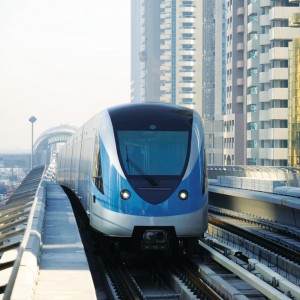By ernadette Ballantyne http://www.meed.com
Dubai Metro offers many lessons to the other cities planning underground urban rail networks, chief among them the value of understanding ground conditions before boring commences
 Doha, Kuwait, Abu Dhabi, Baghdad and Riyadh are currently planning metro networks, which will involve tunnelling to bypass and protect buildings and infrastructure. As planners consider how best to tackle contracts, they will keep in mind the lessons learned on the construction of the pioneering Dubai Metro, which completed the last of its six tunnel bores in December 2008.
Doha, Kuwait, Abu Dhabi, Baghdad and Riyadh are currently planning metro networks, which will involve tunnelling to bypass and protect buildings and infrastructure. As planners consider how best to tackle contracts, they will keep in mind the lessons learned on the construction of the pioneering Dubai Metro, which completed the last of its six tunnel bores in December 2008.
The 52-kilometre Red line of the metro opened in September 2009, followed by the 22.5km Green line in September 2011. Both lines have underground sections, with 12.6km of tunnelling in total.
Abdulssamie Haimoni, a consultant to the chief executive officer and deputy director in the rail projects construction department at the Dubai Roads & Transport Authority (RTA), oversaw the construction of both lines. Speaking at MEED’s Qatar Tunnelling Conference in Doha in December, he said that tunnelling was a major success for the metro scheme and has more benefits than are immediately apparent.
Tunnelling benefits
“To other clients, I would say do more tunnelling,” he said. “When people evaluate the difference between tunnel and elevated sections, they do it on a cost basis, but if they allow for all the costs of working above ground, they will find that they add up at the end of the day.”
The expense comes from challenges such as service diversions, traffic issues and difficulties in getting work permits, but they are less of an issue beneath the earth. “Tunnelling is all hidden in the ground, it doesn’t affect your city and you are likely to have less programme problems than when you are working above the ground, if you do it right,” said Haimoni. More info
















